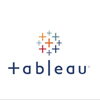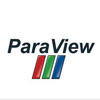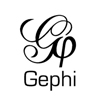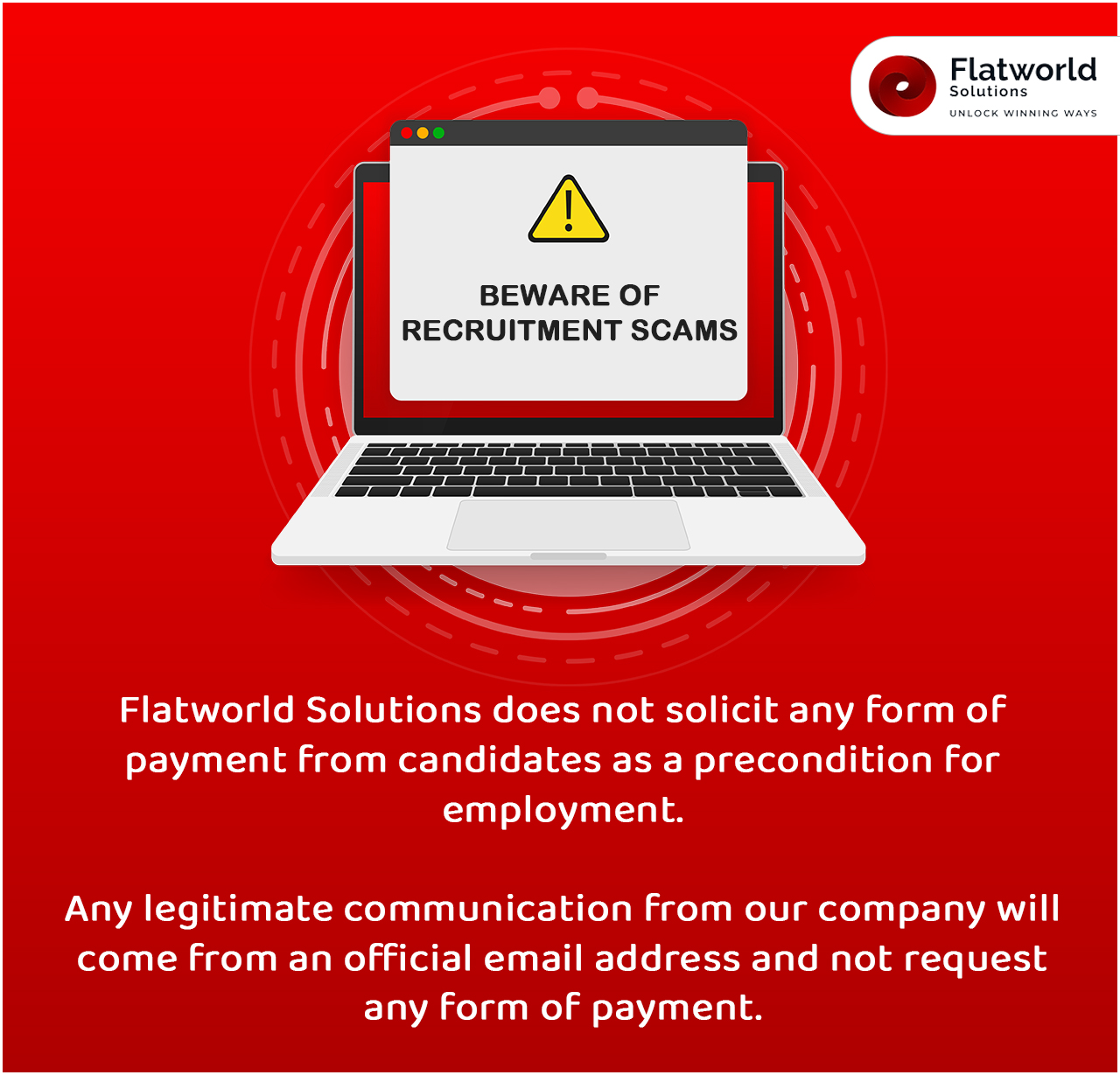Data visualization is essential for modern organizations who are faced with large data sets that need to be consumed and understood daily to make critical business decisions. Data today can be manifest itself in multiple forms such as simple figures, hundreds of lines of code, or large data banks of unorganized information. Creating data visualizations is not an easy task, and is not as easy as plotting multiple points on a scatter chart.
This is where data visualization tools step in. Data designers today leverage multiple data visualization tools to create accurate visual representations of large data sets which can then be consumed by decision-makers and key stakeholders alike. Presented in the form of visually-arresting dashboards, annual reports, sales and marketing collaterals, investor decks, and many other formats, having data visualization capabilities within your organization will offer an ROI of $13.01 on every dollar spent. Companies with access to advanced analytical capabilities and data visualization tools are 5 times more likely to make correct decisions much faster than their peers.
The Modern-day Need for Data Visualization Tools
The human brain, as wonderful as it is, was never designed to translate binary code or digest tons of written information. Data visualizations on the other hand play to our brains' strengths, allowing them to process visuals 60,000 times faster than they do text. This fast and efficient transfer of information also makes your business more effective in the long run. Some of the most common use cases of data visualization include -
- Guiding decision makers to interpret business data and make critical business decisions
- Focus on key business insights to identify areas that require extra attention
- Handle large amounts of data and provide a pictorial summary which identifies unseen patterns, reveals insights and weave a story to establish business goals
- Helping manage business growth by converging trends and patterns into actionable strategies
- Revealing unnoticed key points related to data to help decision-makers create detailed data analysis reports
Some of the key data visualization categories which are leveraged by modern-day businesses include -
-
Temporal Visualization

Ideal for one-dimensional data sources which are also linear. These are the most common types of visualization techniques and include -
- Scatter plots
- Polar area diagrams
- Time series sequences
- Timelines
- Line graphs
-
Hierarchical Visualization

This type of visualization is best suited if you're looking to display multiple clusters of information, especially which flow from a single origin point. This includes -
- Tree diagrams
- Ring charts
- Sunburst diagrams
-
Network Visualization

When faced with a large number of datasets connected deeply with other datasets, network visualizations are extremely helpful in demonstrating relationships. They include -
- Matrix charts
- node-link diagrams
- Word clouds
- Alluvial diagrams
-
Multidimensional Visualization

Whenever there are two or more variables to analyze and crunch, this kind of visualization helps to put things in a 3D data perspective. Because of the many concurrent datasets, these visuals are the best when it comes to breaking down a ton of data to its key takeaways. Examples include -
- Scatter plots
- Pie charts
- Venn diagrams
- Stacked bar graphs
- Histograms
-
Geospatial Visualization

As the name suggests, this kind of visualization is directly related to real-life locations and usually different data points on maps. It is most commonly used to display sales, acquisitions, market penetration, mergers, and other important data on a geographic scale over time. Examples include -
- Flow map
- Density map
- Cartogram
- Heat map
What is the Best Visualization Tool for your Business?
The best data visualization tools have many things in common. Not only do they need to be simple to use, but are also supported by excellent documentation and handy tutorials which allow you to master all the tools at hand easily. Other key criteria are that these tools need to handle large sets of data without losing it or crashing. They also need to have multiple output options such as charts, graphs, and maps.
The best data visualization tools also include both OSV (open-source visualization) tools as well as proprietary licensed solutions. A key thing to remember is that in the world of business intelligence or BI, open-source does not necessarily mean easy, free, or DIY tools. These open-source tools are more often than not incredibly powerful. Let's have a look at some of the best OSV as well as license-based visualization tools in the market right now -
-
Tableau and Tableau Public

Tableau is one of the most prominent data analytics and visualization tools in the market right now. Tableau has multiple offerings under its belt and has created a new niche for self-service BI which anyone can leverage without heavy outside assistance. It also has a free version called Tableau Public, which offers most of the key visualization capabilities of the fully-licensed version, including Gantt charts, treemaps, etc.
ProsConsPros- Multiple options to import data
- Great mapping capabilities
- Free public version with some great feature sets
- Lots of video tutorials and walkthroughs for beginners as well as advanced data scientists
Cons- Non-free versions are expensive
- Data analysis and visualizations created with the free version are not private
-
ParaView

ParaView is one of the most robust open-source platforms for data visualization analytics, especially for seasoned data scientists. This tool supports file storage spaces distributed over multiple locations and can perform parallel processing on petabytes of datasets for advanced analytics.
ProsConsPros- Runs on multiple systems (workstations, supercomputers, or server clusters)
- Supports multiple deployment methods (desktop application, web applications, APIs)
- Powerful visualizations for data-intensive sciences and statistical modeling
Cons- It's GUI takes some time getting used to
- Can be confusing to analysts who don't come from quantitative backgrounds
-
Gephi

Gephi is an extremely powerful OSV and in its current form remains a JavaScript-based platform. Gephi is mainly targeted at data scientists rather than business analysts, as it can deal with complex networks and information. It can also handle link analysis, a type of network analysis that determines relationships between object classes by treating them as nodes within an overarching network.
ProsConsPros- An advanced feature set for creating and interacting with network visualizations
- Exceptionally useful for social networks and biological mapping
Cons- It lacks extensive data integration modules
- Requires a lot of preparation before analysis and visualizations can be run
-
Whatagraph

Whatagraph is ideal for marketing agencies and provides an easy way to report marketing campaign data in a visually distinct manner. The visual data created is easy to comprehend, and seamlessly integrates with more than 40 top digital marketing platforms. It also has endless customization options for modern digital marketer.
ProsConsPros- Whatagraph makes cross-platform data analysis simpler, ensuring all reports can be accessed from a central location
- Many premade reporting widgets allow simple input of data
- Automated report creation and delivery
Cons- It's a great tool for business analysts and marketers, but not so much for data scientists
- Does not have some of the more in-depth features from other above-mentioned platforms are not available
There are many other data visualization tools available in the market, each with its own feature sets that can prove beneficial to you. Some of the more prominent ones include -
Open source visualization tools
Licensed visualization tools
Comparison Between OSV And License-Based Visualization Tools
With a plethora of data visualization options available at hand, how do you choose what's best for you? Let us compare the core feature sets in a way that is easy to understand, and can help you make up your mind.
Most tools are fully featured and have their own set of advantages. Some tools need a little digging into and are not for everyone
Most licensed tools fit a core business requirement. So data scientists will need different software and business analysts a different one
Can handle extremely complex datasets, and are continuously improved
Depending upon your requirement you can choose tools which can deal with your exact requirement
The best part about open source software is the development community always making the tool better. But this also means you never have a fully formed software
Most licensed tools are nowadays SaaS-based and hosted on the cloud, ensuring rapid backend updates which don't break anything
Can be easily integrated with 3rd party software and reporting dashboards
Most have a cohesive 3rd party software support, but some do not so always check before buying
Partner with FWS for Comprehensive Data Visualization Tools
At Flatworld, we believe that data visualization and analytics is a key area for any modern-day business. A comprehensive data visualization tool can help you spot trends, track your achievements, figure out where the market is going, and compare performance across products and other categories.
We specialize in creating custom open-source or proprietary data visualization tools that are cloud-first, mobile, and extremely social from the get-go. We help you stay ahead of the competition with our strategic implementation solutions which fit your requirements and help drive business goals. To know more about our data science offerings, contact us now!
Contact UsCase Studies
-
Flatworld Provided Chart Extraction to a Risk Adjustment Solutions Provider
-
Flatworld Helped a South African Automobile Company With Digital Transformation
-
Flatworld Helped a Leading LA-based Bank to Reduce Client Onboarding Time
-
Flatworld Helped a Healthcare Back-office Service Provider to Broaden Its Services
-
Flatworld Provided RPA Services to a Leading Electronics Solution Provider

USA
Flatworld Solutions
116 Village Blvd, Suite 200, Princeton, NJ 08540
PHILIPPINES
Aeon Towers, J.P. Laurel Avenue, Bajada, Davao 8000
KSS Building, Buhangin Road Cor Olive Street, Davao City 8000
INDIA
Survey No.11, 3rd Floor, Indraprastha, Gubbi Cross, 81,
Hennur Bagalur Main Rd, Kuvempu Layout, Kothanur, Bengaluru, Karnataka 560077


